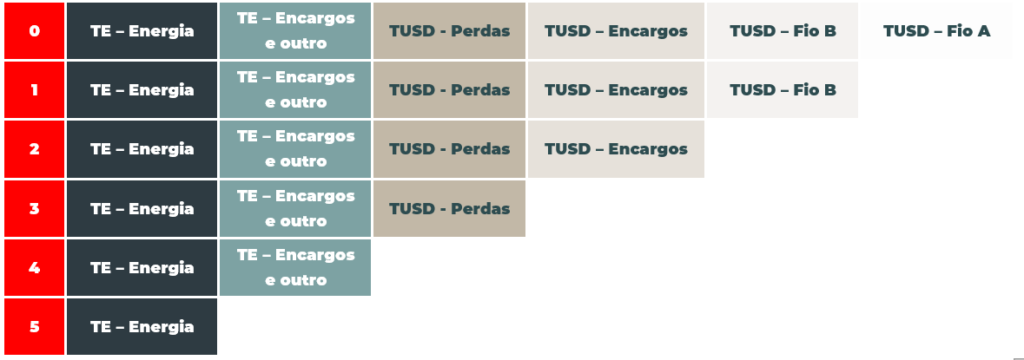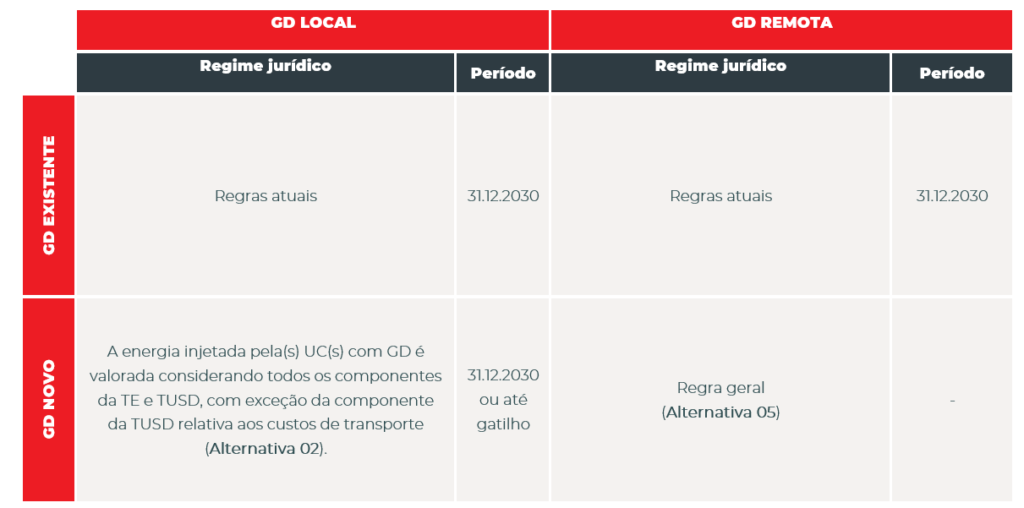The National Electric Energy Agency (“ANEEL”) published the opening notice of Public Consultation No. 25/19 (“PC 25/19”), which aims to obtain subsidies and additional information regarding the rules applicable to distributed micro and minigeneration (“GD”). This is another stage in the process of reviewing Normative Resolution 482/2012 (“REN 482/12”), which established the general conditions for DG enterprises to access distribution systems and created the Electric Energy Compensation System (“Compensation System").
DG is characterized by the production of electrical energy by the consumer from small generating plants connected directly to the distribution network. In turn, the Compensation System is the mechanism that allows surplus energy generated by a consumer unit (“UC”) with DG is injected into the distribution network and subsequently used to offset your monthly consumption or that of other UC(s).
The review process of REN 482/12 began in January this year, with the opening of the 1st phase of Public Hearing No. 01/19 (“PA 01/19”), and must be completed by December 31, 2019. All those interested in participating in CP 25/19 will be able to send their contributions until November 30.
Below, a summary of the most sensitive points of the review process REN 482/12:
Compensation System
In the current system of REN 482/12, the energy injected into the distribution network by the DG enterprise has the same value as the energy made available by the distribution concessionaire. This means that, in practice, when the energy injected by a UC with DG is greater than the consumption of the UC(s) benefited, the consumer who joined the Compensation System does not even need to pay the Usage Tariff. of Distribution Services (“TUSD”), nor the Energy Tariff (“TE").
During AP 01/19, ANEEL presented six alternatives to the current Compensation System, which differ in the way they value the energy that is injected into the distribution network by CUs with DG. As illustrated below, each alternative considers certain components of TUSD and TE, with the Alternative 0 corresponds to the current model, which attributes greater value to the energy injected by UCs with DG.

The proposed amendment to REN 482/12 submitted to CP 25/19 (“Proposal”) provides, as a general rule, for the valuation of injected energy only by the TE tariff component corresponding to energy costs (“TE – Energy”), with all other components being due in their entirety (Alternative 5). In other words, the Proposal makes the energy injected by UCs with DG 'cheaper' than the energy made available by the distributor.
Transition Rules
In order to minimize the impact of reviewing the REN 482/12, the Proposal brings transition rules that vary according to the situation of the enterprise (existing or new), as well as with the chosen DG modality (local or remote), being:
- Existing GD: DG projects that, on the date of publication of the revision standard of REN 482/12 (“Review”), are connected to the distribution network or whose access request has already been filed with the distributor;
- new GD: DG enterprises whose access request is filed after the date of publication of the Review;
- local GD: DG projects installed directly in the UC benefiting from energy credits; It is
- remote GD: DG projects installed in UCs other than the UC(s) benefiting from the energy credits.
Below is a table that summarizes the Proposal’s transition rules:

The trigger is reached when, in the areas served by each distributor, pre-defined amounts of installed power of DG projects are exceeded. From the trigger, the way in which energy injected by new DG enterprises that have adopted the local modality is valued changes, and is now valued considering the general rule (Alternative 05).
The transition rules designed for existing DG projects cease to be applied if there is an increase in the installed power of the DG project, change of ownership of the UC with DG, termination of the contractual relationship with the distributor or proven irregularity in the measurement system.
Energy Allocation
The Proposal also brings new features regarding the allocation of credits for energy injected by the DG project. Regardless of the type of GD chosen, the holder of the UC with GD will be able to define the percentage that will be allocated to each UC benefited or the priority order of the compensation. Furthermore, the Proposal separates compensation from the notion of concession area, preferring to adopt service by the same distributor as a criterion.
Visit here the notice of opening of CP 25/19.
Visit here the proposal.
